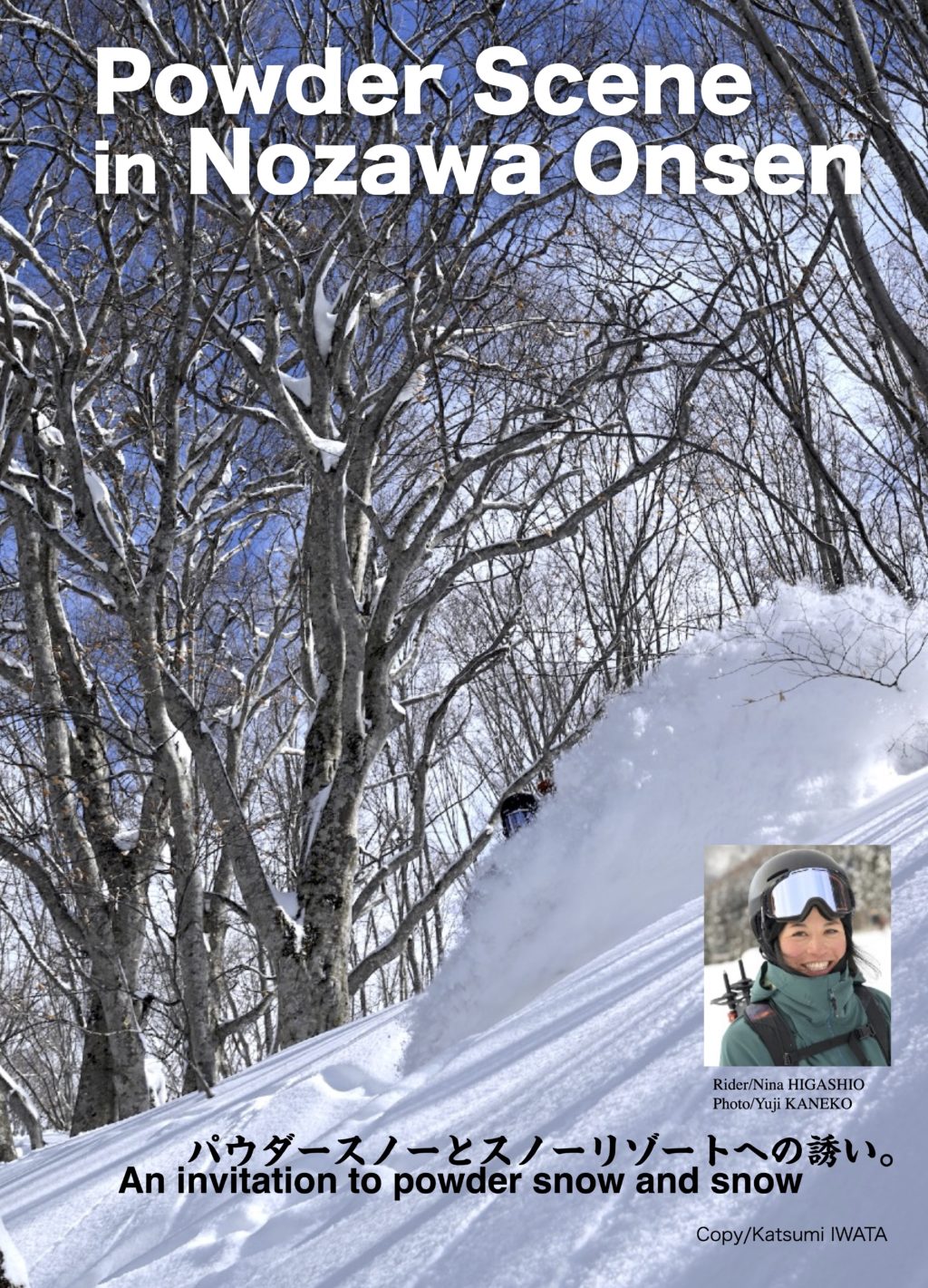
Despite the differences in style, Japanese resorts have many attractions that rival the ski resorts of the world. Why don’t Japanese people once again rediscover the joys of winter in Japan at Nozawa Onsen?
Snow sports, especially skiing and snowboarding, are once again on the rise. Snow sports and snow resorts, which anyone can enjoy in the great outdoors, are the focus of attention both in Japan and abroad. In fact, skiing in Japan has a long history. Before discussing the appeal of snow sports, let us take a moment to look back at the background.
For the Japanese skiing community, the big news came in 1956 when Chiharu Igaya won the silver medal. Furthermore, Tony Sailer won the triple crown at the Olympic Games in Cortina d’Ampezzo, Italy, which led to a skiing boom around 1963-1965.
At that time, Japan’s ski population was over 10 million, making it the largest skiing kingdom in the world. At that time, the ski population in the U.S. was also around 2 to 3 million. Later, the Sapporo Olympics triggered skiers from all over the world to come to Japan.
At that time, it was a natural feeling to go skiing in winter, and it was also a time when skiing spread rapidly. The reason why skiing boomed in Japan was because there were ski resorts with good snow quality close at hand and an environment where skiing was easily accessible. Compared to other global cities such as New York, San Francisco, London, and Paris, where skiing is far away, Japan is a country blessed to have skiing close at hand. In addition, 70% of Japan’s land area is forested, second only to Finland and Sweden. The abundance of nature has made it possible to create slopes of world-class quality, attracting many skiers and snowboarders.
In Japan, the ski population increased rapidly at one point in time, but then declined. However, that period is now over, and recently, people are re-evaluating the idea of “playing sports in the great outdoors” or “playing with snow. And as a new trend, a generation of people who want to “try winter sports again” are now going skiing with their children and grandchildren.
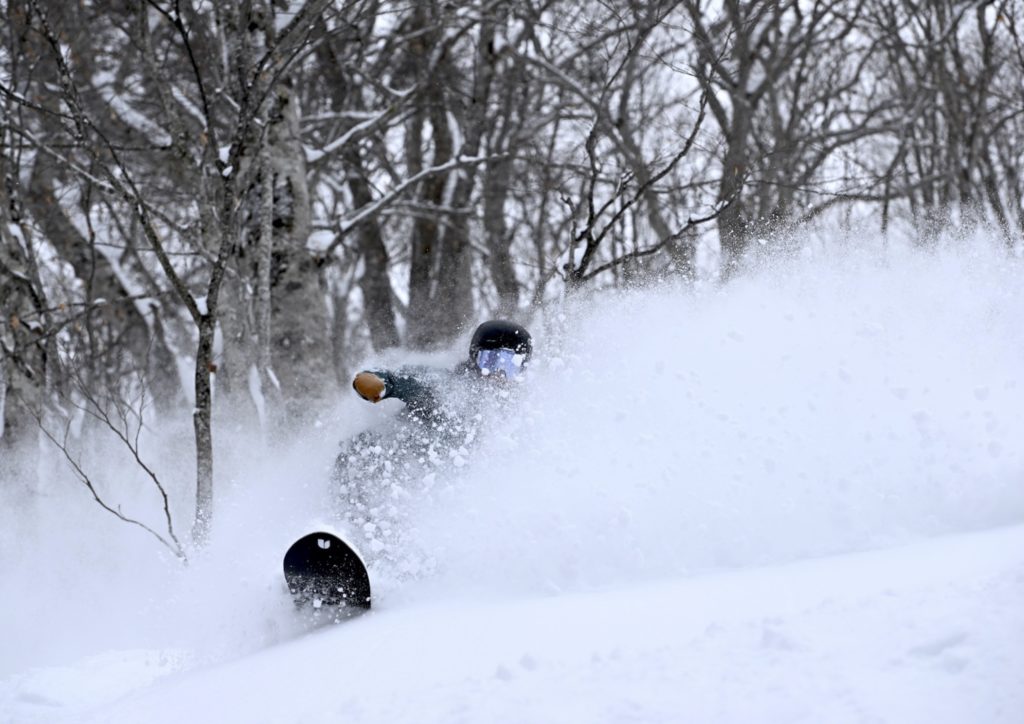
Japan is the best place to experience powder snow with a cloud of snow.
Today, many Australians, Europeans, Americans, and Asians are visiting inbound areas such as Niseko in Hokkaido, Hakuba Valley and Nozawa Onsen in Nagano Prefecture, and Myoko Akakura in Niigata Prefecture. Foreigners who come to Japan to ski always say, “The snow quality in Japan is very good and the atmosphere is great! The quality of the snow and the atmosphere is great!
Why is the quality of snow and snow mountains in Japan so good? It is because Japan is an archipelago of snow country more than any other country in the world. More than two-thirds of Japan’s land area is covered with snow in winter. Moreover, the amount of snowfall is very heavy. Compared to European ski resorts, where the snow is dry and hard, Japan’s snowfall is light and feathery in many places.
For Japanese skiers and snowboarders, it is a matter of course to ski on well-maintained runs, but what they long for most is to ski in powder snow with a cloud of snow. In Europe, where snowfall is scarce, powder snow can be found only once or twice a month. In Japan, slopes located in areas with heavy snowfall have a very high chance of experiencing powder snow, as it snows every week or, if the timing is right, every night. This is the main reason why skiers and snowboarders visit from all over the world. However, Japanese people are surprisingly unaware of this fact. As a Japanese, I think this is a shame. Powder snow is a blessing from nature. Once you experience powder snow, many people are captivated by it. Once you experience it, you will realize how luxurious the experience of powder snow is. I can assure you that no other sport can match it.
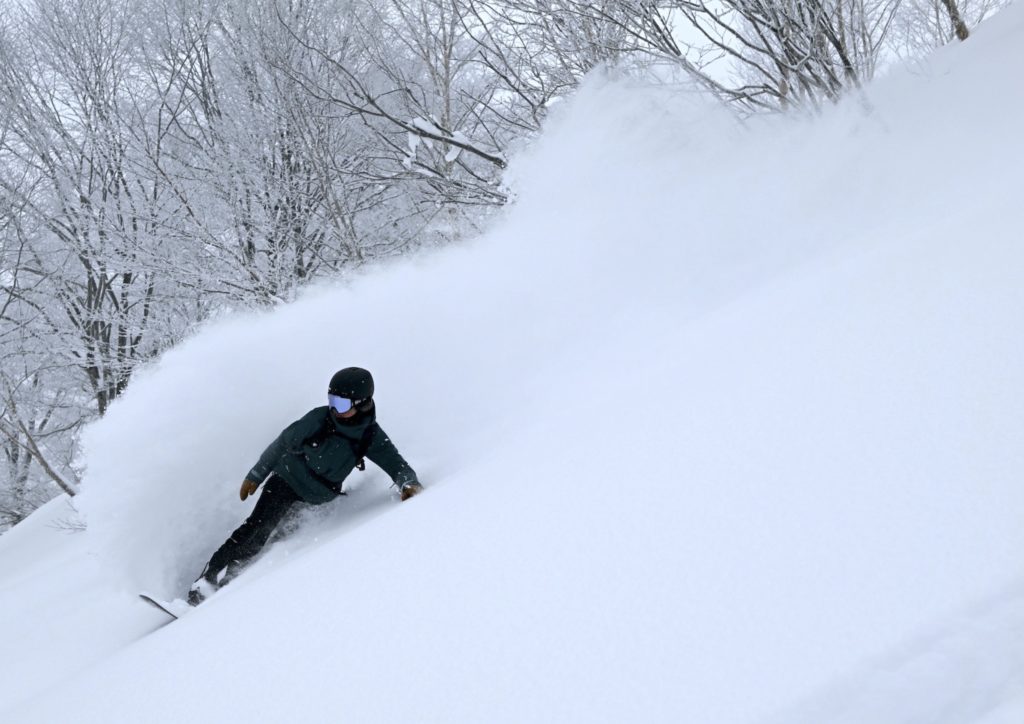
The beautiful scenery that can only be seen in the snowy mountains is waiting for you.
The president of a well-known IT company once said something like this. The first thing that impresses me when I go to the snowy mountains is the natural scenery. That is the most attractive part. Seeing the silvery white world spread out before your eyes is very relaxing. And since the members who go to the snowy mountains are completely different from the people I work with, it is a refreshing change of pace. That’s why we decided to have companies in Hakuba and Biei, where winter sports can be enjoyed, because we all get stuck if we work only in Tokyo. It is said that snow has a purifying effect on the body and mind, and this is a case in point.
In addition, there is another pleasure that grabs the hearts of guests in the snowy mountains. That is “Onsen (hot springs). Snow sports and hot springs are the perfect combination, a luxury experience that can only be found in Japan. After a full day of snow sports in the cold, a hot spring is the perfect place to relax and unwind. From Nagano to Tohoku and Hokkaido areas, there are many famous hot springs near ski resorts.
Furthermore, there are gastronomic delights that can only be found in the region. This is not to say that the cuisine is exuberant. Sushi, Genghis Khan, and ramen in Hokkaido, soba noodles and gibier in Nagano, and even simple pickled Nozawana are gastronomic experiences for city travelers. Add local sake and local wine, and you are already on a luxury trip. It is not about the amount of money. The true luxury is an experience that can only be had in a particular place. Snow is the catalyst for enjoying the four seasons of Japan’s winter regions. It is no exaggeration to suggest that snow sports are a luxury trip to enjoy the countryside.
Snow sports actually involves a lot of physical activity and has a positive effect on brain function and mental health. Moreover, snow sports are one of the few sports that can be enjoyed together as a family and have great appeal as a trip. This winter, let’s go to the snowy mountains. Enjoy snow sports, enjoy the great nature of snowy mountains, take a hot spring bath, and taste local cuisine. It would be a waste of your life if you didn’t enjoy all of these things! Don’t you think?
Skiing is believed to have been introduced to Japan in 1911, and records from Nozawa Onsen indicate that skiing was enjoyed on the slopes there the very next year. Nozawa Onsen officially opened as a ski resort in 1924, making it one of the oldest ski resorts in Japan. In 1998, during the Nagano Olympics, Nozawa Onsen hosted the Biathlon event.
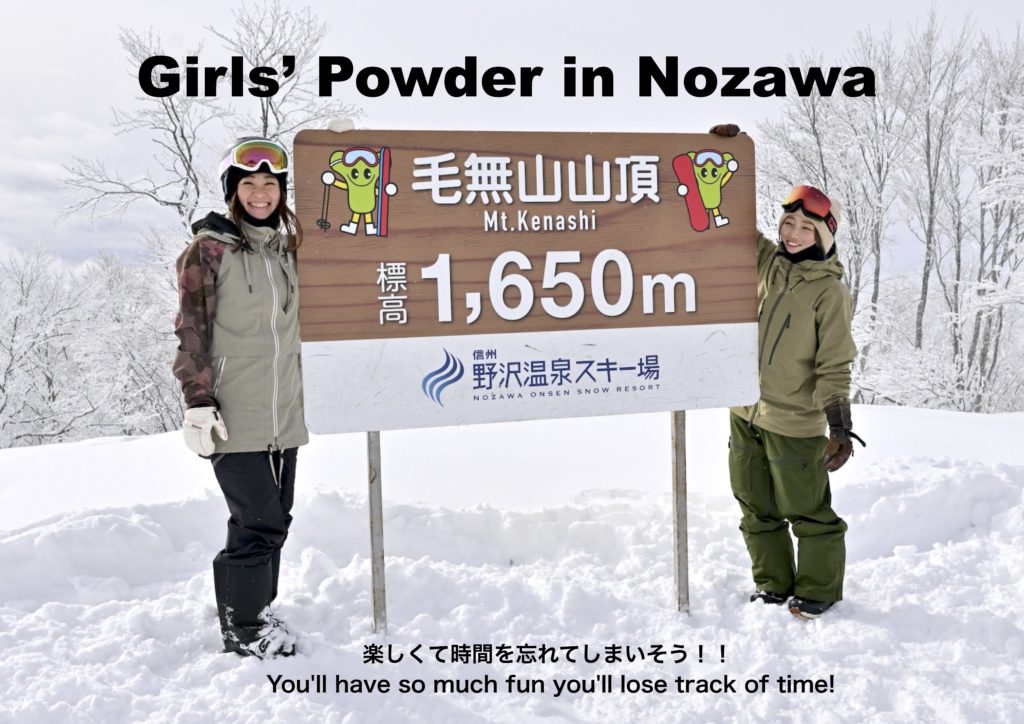
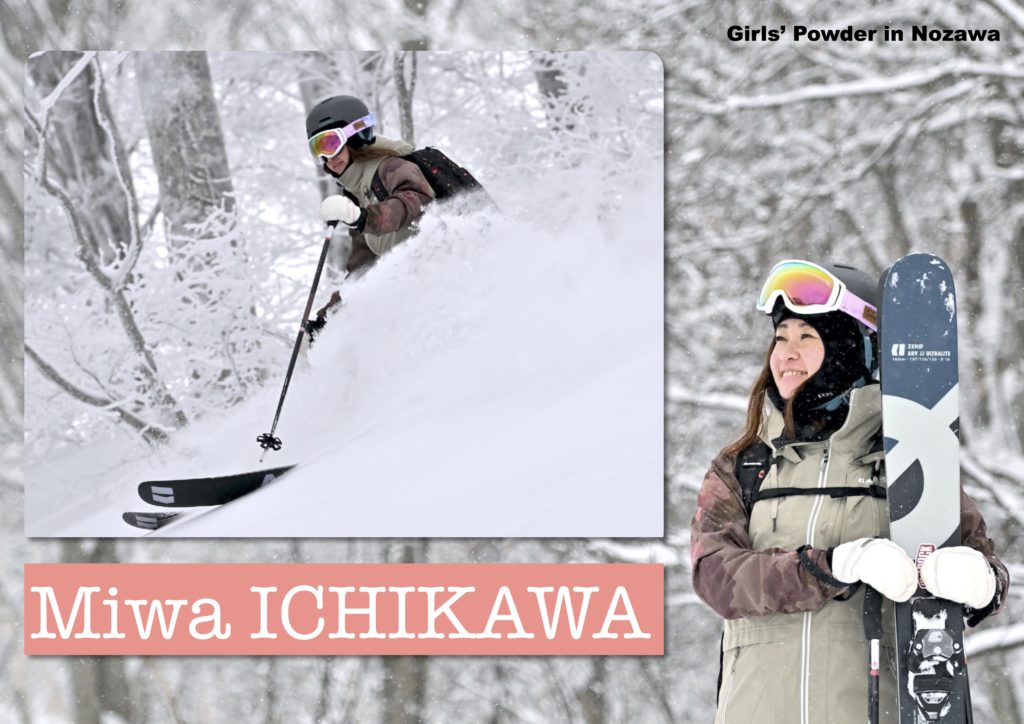
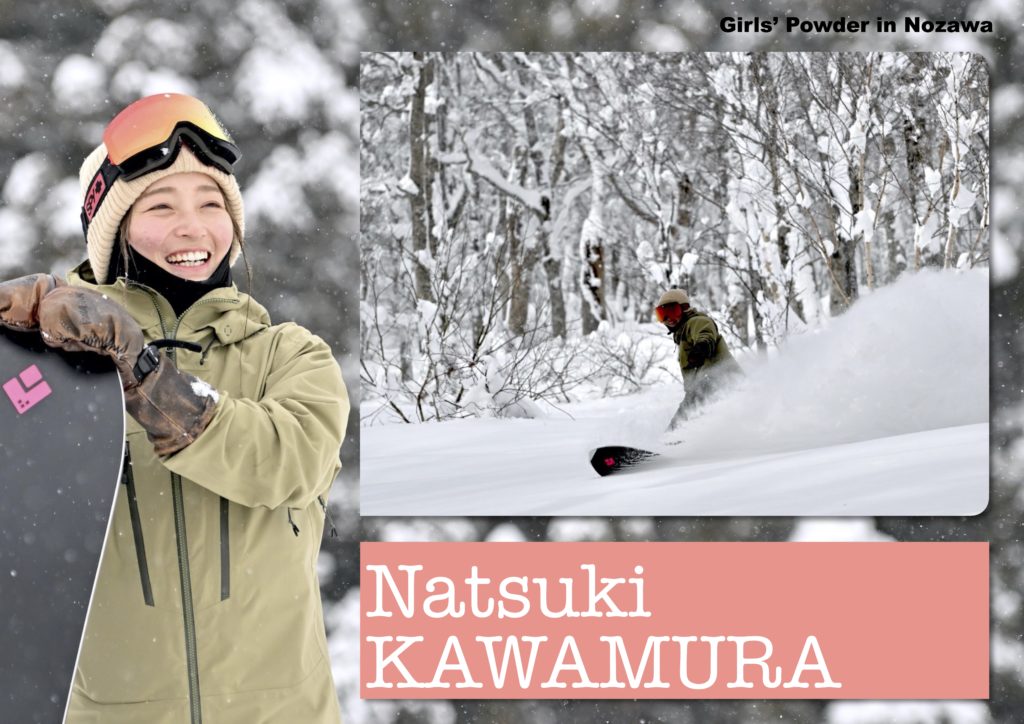
The slope spans 1,085 meters in altitude, from the top of Mt. Kenashi (1,650 meters) to the foot of the mountain, covering a vast total area of 297 hectares. Its rich history and exceptional snow quality contribute to Nozawa Onsen’s reputation as a top-ranking ski resort in Japan. The high-quality, 100% natural snow in Nozawa Onsen is abundant. St. Anton in Austria and Nozawa Onsen are sister cities, both embracing traditions and offering a unique skiing culture. In 1930, Hannes Schneider played a pivotal role in cultivating the ski culture at Nozawa ski resort by teaching the Arlberg Technique.
English maps, leaflets, and signs make it easily accessible for visitors from overseas, contributing to Nozawa Onsen Ski Resort’s status as an international destination. Nestled at the foot of the ski slope, the Nozawa Onsen village provides a convenient environment for skiers and snowboarders while also making every effort to preserve the ambience of a traditional Japanese Onsen resort.
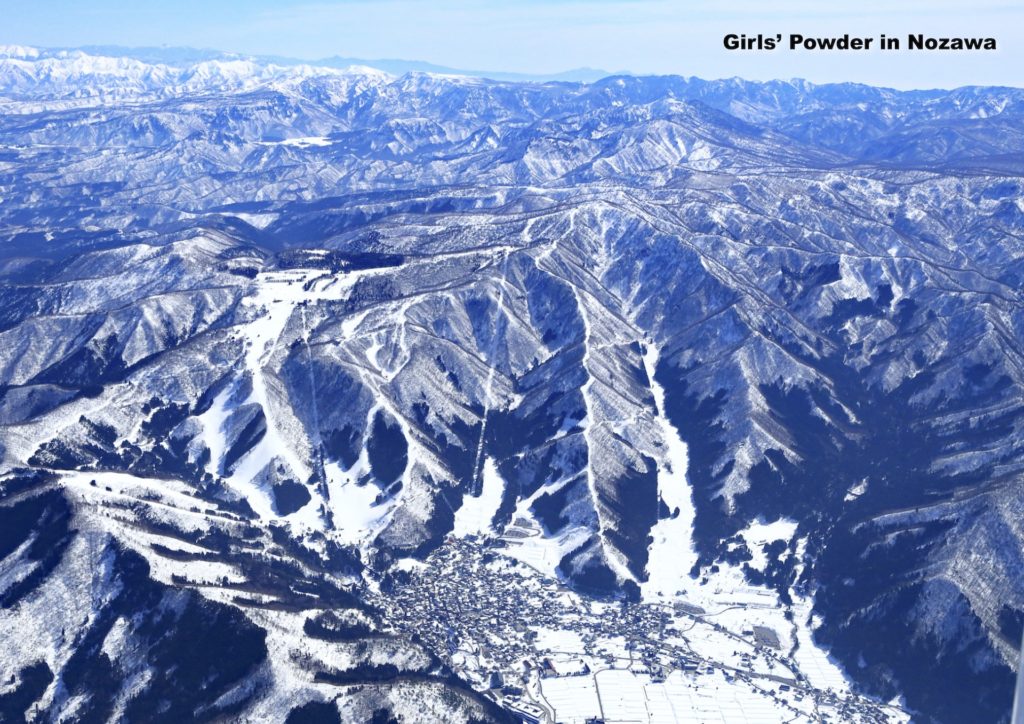
Nagasaka Gondola
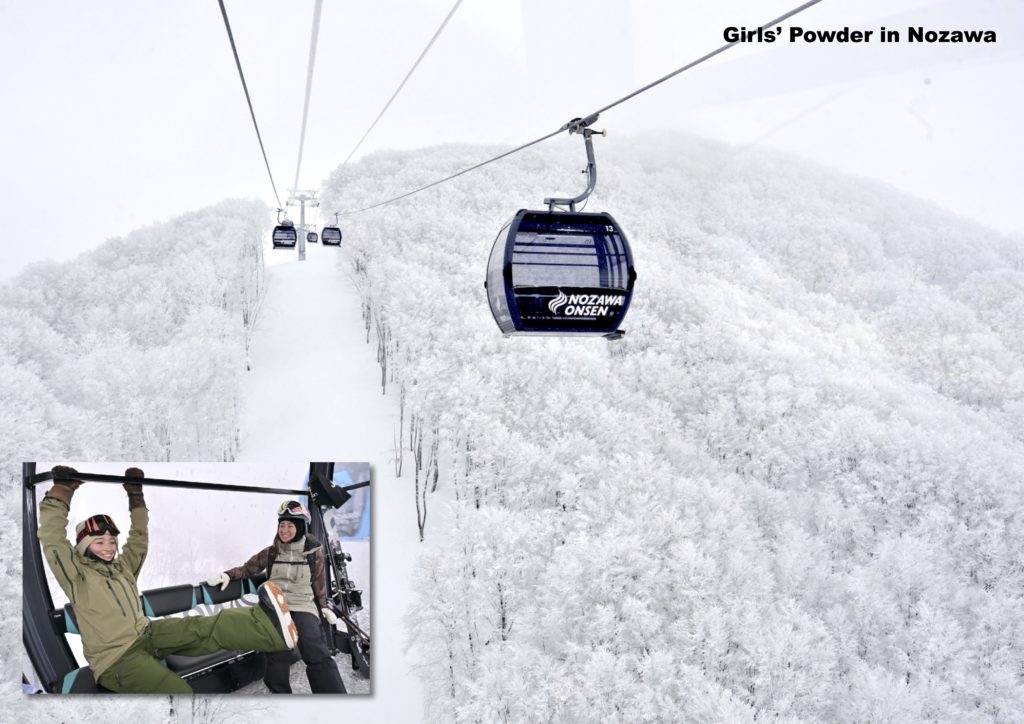
In December 2020, 80 of the latest model 10-seat gondolas will be introduced, connecting the Nagasaka area at the foot of the mountain directly to the Yamabiko area (total track length: 3,129 m; track height difference: 789 m; boarding time: approximately 8 minutes each way). The large, open cabins are equipped with highly cushioned leather seats, and each seat is 46 cm wide, eliminating shoulder bumps between passengers. This provides a comfortable ride. The leather seats are accented with the image color of Nozawa Onsen (blue), providing a comfortable and relaxing ride. During the summer season, a special cabin with a skeleton floor is available. The resort continues to invest in advanced technology, including the installation of about 15 man-made snow machines on the Uenotaira and D Course of the Yamabiko Slope to make up for the snow.Kitchen Ceabos is the closest restaurant to Nagasaka Gondola Yamabiko Station! Freshly baked pizza baked in a special oven is a must-try! On the second floor is Rest House Yamabiko, which offers a wide variety of original menus.
Trail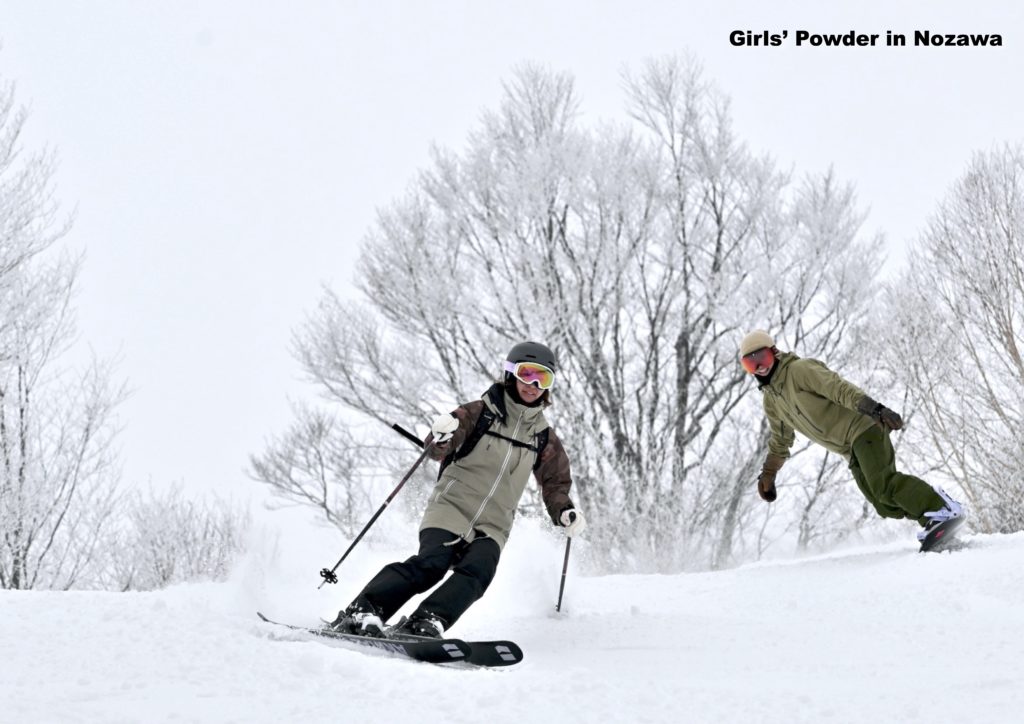
The 297-hectare-wide ski area, blessed with plenty of natural powder snow, comprises thirty-six different slopes, perfect for both beginners and advanced skiers. If you are new to skiing and snowboarding, or are visiting with your family, then the wide, gentle slopes of the Uenotaira area, accessible via the Hikage and the Nagasaka gondola, is for you.
The Yamabiko area is home to the Skyline Course, a 3,500-meter-long powder snow run stretching from the summit to the base area along the ridge of the mountain. Advanced skiers and snowboarders might want to take on the Schneider course, a steep and bumpypowder snow run that’s not for the faint-hearted. If you’re not quite at that level yet, take the moving walkway Yu Road to the Hikage Base, which houses a ski and snowboard school, as well as a children’s park that has several playgrounds and fun activities.
For a calmer winter adventure, the resort organizes a range of entertaining non-skiing activities. Board a snowcat and venture out to untouched areas—breathtaking views guaranteed—or put your snowshoes on and tramp through fairytale-like white forests. Whether you’re into the serene scenery or the high-octane winter sports, after a day out in the ski resort, nothing beats heading down to the Nozawa Onsen village and unwinding in the hot springs.
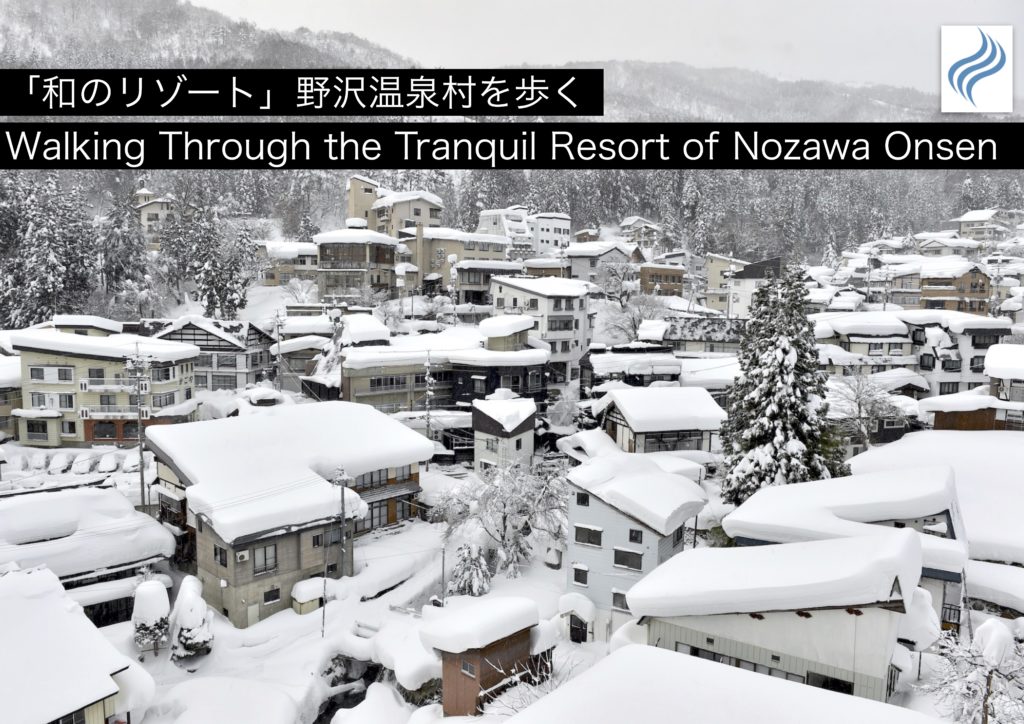
Walking Through the Tranquil Resort of Nozawa Onsen Village
Schneider Square
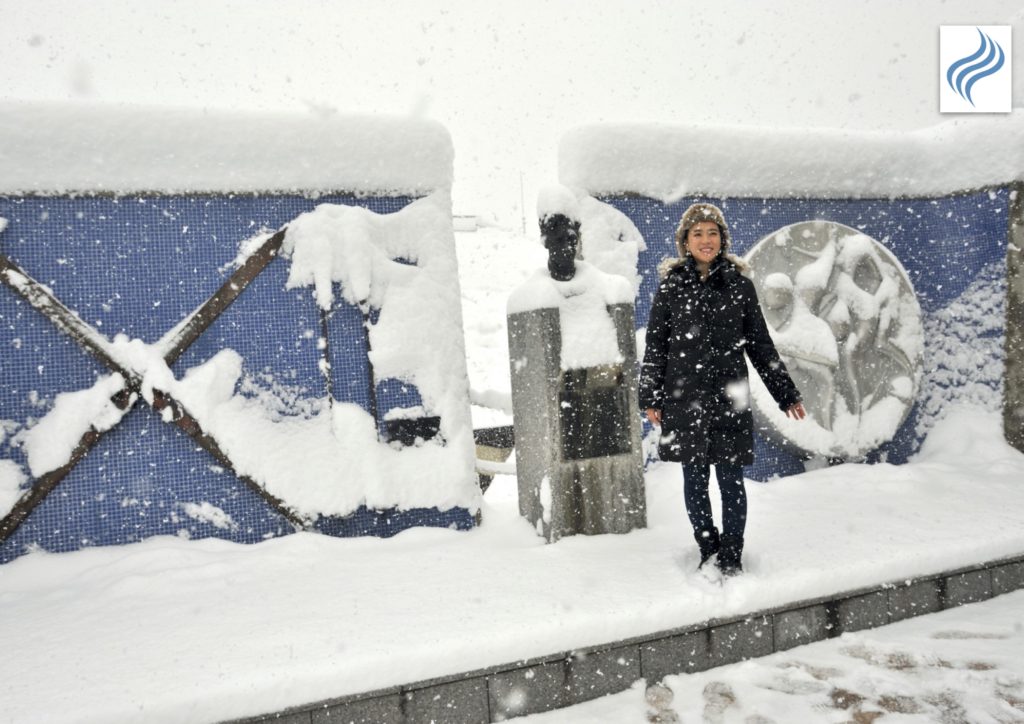
Schneider Square and the café and art gallery L’atelier Kura, both conveniently situated near Nozawa Onsen’s tourist information office and bus terminal, serve as an excellent introduction to the village. Schneider Square, dedicated to Hannes Schneider, showcases a significant monument honoring two influential figures in the town’s development: a blue tile-covered wall adorned with wooden skis and poles, accompanied by a bronze bust of Hannes Schneider. Next to these features, a large round sculpture resembling an Olympic medal was crafted by the late Taro Okamoto, a renowned avant-garde artist and frequent visitor to Nozawa Onsen.
In close proximity, L’atelier Kura is a local institution housed in a renovated old warehouse (kura in Japanese), renowned for its homemade bread specialties. Indulge in their must-try “Nozawana Mayopan,” a sandwich filled with a paste made from pickled local vegetable leaf Nozawana and mayonnaise. This culinary delight is just one of the many masterpieces they offer. Venture to the second floor, where you’ll find a complimentary art gallery awaiting exploration.
Enma-Do
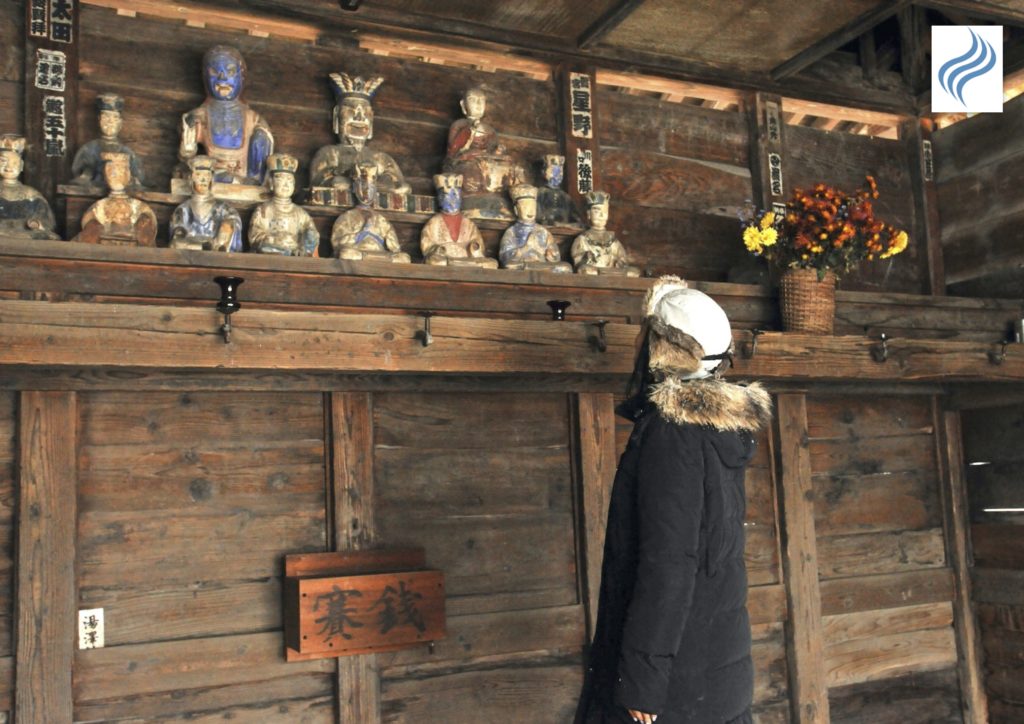
The construction date of Emma-do is unknown, but it dates back to a very old period and underwent significant renovations during the Taisho era (1912-1926). This wooden, one-story structure features a gabled roof and a former thatched roof, with a girder length of 2.5 ken and a beam length of 2 ken. Adorning the walls are ten statues of the ten kings. The entrance lacks a door, allowing anyone to visit the shrine, and in the past, it also served as a playground for children.
Designated as a cultural property of Nozawaonsen Village, Emma-do is recognized as a valuable structure that preserves the ancient architectural style of Juodo to the present day. According to Juoh faith, when a person passes away, they are judged by ten kings to determine if they led a righteous or wrongful life before attaining Buddhahood. Typically, after a person’s death, various memorial services are conducted, including on the seventh day of the first month, the first anniversary, and the third anniversary.
Ascending the steep stone stairs that lead to the temple grounds is a breathtaking experience, much like the mystical and picturesque building itself, surrounded by towering conifers. This ancient temple, belonging to the Soto School of Zen Buddhism and founded over four centuries ago, is believed to be the birthplace of the locally grown leaf vegetable, Nozawana. Renowned for its slightly salty taste and crunchy texture, Nozawana pickles are also rich in vitamin C.
In 1756, the eighth head priest of Kenmeiji temple returned from Kyoto with Tennoji Kabura (a type of turnip) seeds. When these seeds were planted in Nozawa Onsen, they produced significantly larger leaves and stems compared to their original variety. Within the temple grounds, remnants of Nozawana fields still exist, and temple seeds (teradane) can be purchased as well. Nozawana greens, a local specialty of Nozawa Onsen, are harvested throughout the village from early to mid-November. Following the harvest, the ‘ Ona-arai’ (washing greens in the hot spring water), an integral part of Nozawa Onsen life, commences. While this event sometimes coincides with the first snowfall of the season, it is consistently held at soto-yu (public baths). Women in Nozawa Onsen meticulously wash the approximately one-meter-long Nozawana greens, engaging in conversation simultaneously. The thoroughly washed Nozawana greens are then pickled in massive barrels. As the village enters the new year and welcomes the ‘Dosojin Fire Festival’, the delicious Nozawana green pickles are ready to be savored.
Oborozukiyo no Yakata Museum
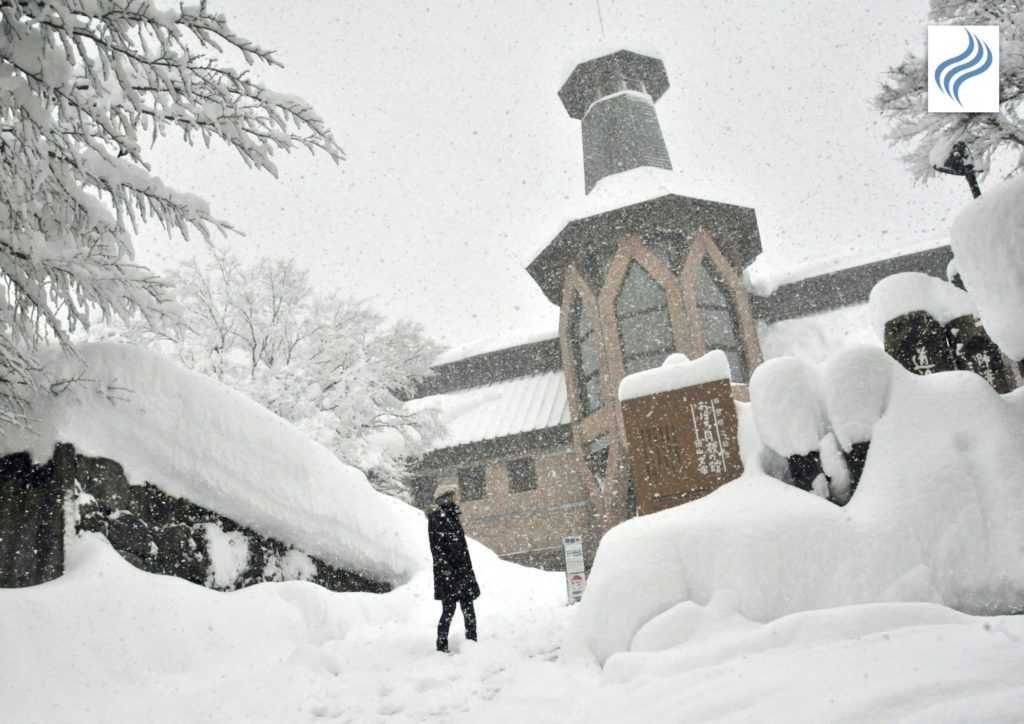
The Oborozukiyo no Yakata Museum is dedicated to Tatsuyuki Takano (1876–1947), a renowned Japanese lyricist and literature scholar active during the first half of the twentieth century. He crafted lyrics for various children’s songbooks used in elementary schools nationwide, popularizing songs that have transcended generations and remain beloved by Japanese parents and children alike.
The first floor of the museum houses the Tatsuyuki Takano Memorial Hall, a permanent exhibition showcasing many of his works, including writings, diaries, and letters, alongside personal items. The floor also features a life-size diorama of his office. Takano shared a special connection with Nozawa Onsen, having spent approximately twelve years living in the quaint onsen town. Starting in 1934, he spent each year at his summer residence, Taiun Sanso, near Ogama, before making Nozawa Onsen his year-round home in 1943.
As you ascend to the second floor, where regularly changing exhibitions are held, take note of the large window in the hallway adorned with intricate colored glass depicting fields of the town’s popular leaf vegetable, Nozawana. On the third floor, a replica of one of the giant, colorful lanterns used during the annual Dosojin Fire Festival awaits. Complete your visit by picking up a souvenir at the shop on the first floor and enjoying refreshments at the adjoining café.
SOTO YU
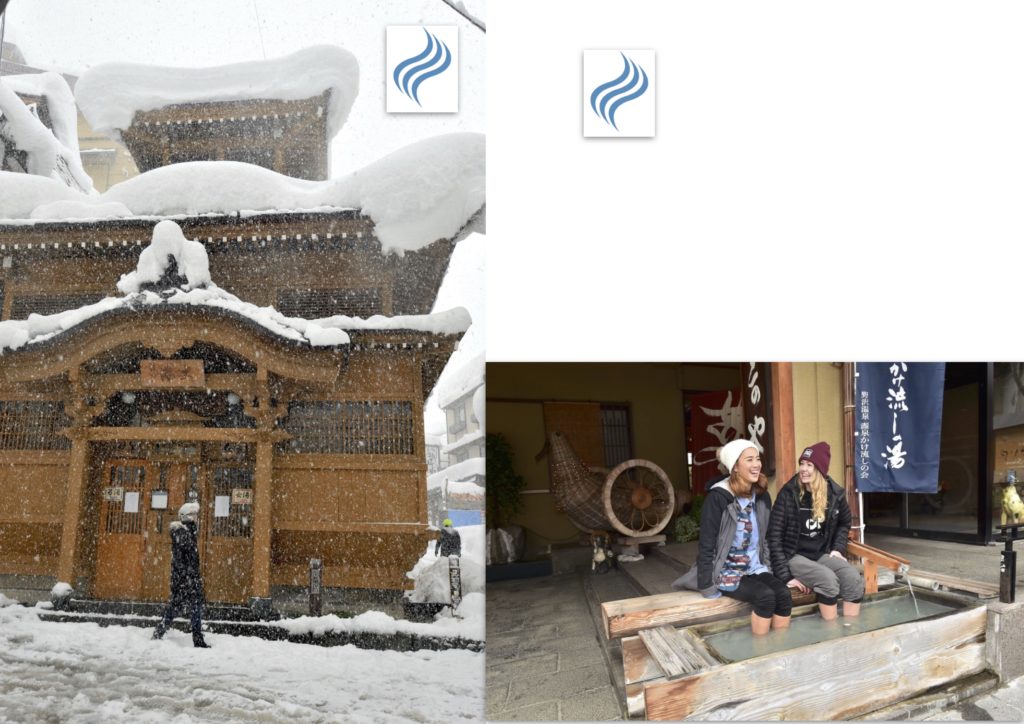
Nozawa Onsen thrived as a hot spring town during the Edo period (1603–1868), where locals believed that drinking and bathing in the alkaline mineral-rich water could cure various illnesses. A source of pride for the town is the Soto Yu, thirteen communal bathhouses scattered throughout the neighborhood and operated by families of the “Yunakama” community. Easily identifiable by their wooden structures reminiscent of Edo period architecture, these baths are conveniently located within walking distance.
The facilities exude a serene atmosphere with their simple, rustic structures. Each bathhouse has separate rooms for men and women, featuring a bathtub accommodating about ten people and a changing area. All baths are supplied with hot spring water continuously flowing from a local natural source, known as gensen kakenagashi, with temperatures ranging from 40–90 degrees Celsius. The water in the bathtubs typically maintains a temperature of 45–49 degrees Celsius. While the hot water may pose a challenge for newcomers, the silky, mineral-rich liquid offers anti-aging benefits and smoothens the skin. If it feels too hot, adjusting the temperature with cold water is an option, but be considerate of other guests. Swimwear is uncommon in onsen facilities, and before entering the bath, guests must wash while seated to avoid disturbing others. Don’t forget to bring a towel and soap. The thirteen Soto Yu have no entrance fee, but contributions for upkeep are appreciated, with donation boxes located at the entrance of each bath. Some Soto Yu facilities may also feature single indoor pools used by villagers for daily tasks.
To enhance your onsen experience with a local touch, stroll through this picturesque, nostalgic town dressed in a yukata (light cotton kimono). Explore the narrow lanes and tiny canals, even if you may not feel comfortable entering a Soto Yu. Admire their unique architecture or collect stamps at the checkpoints in front of each bath. Operating hours are from May to November, 5 am–11 pm, and from December to March, 6 am–11 pm.
OGAMA
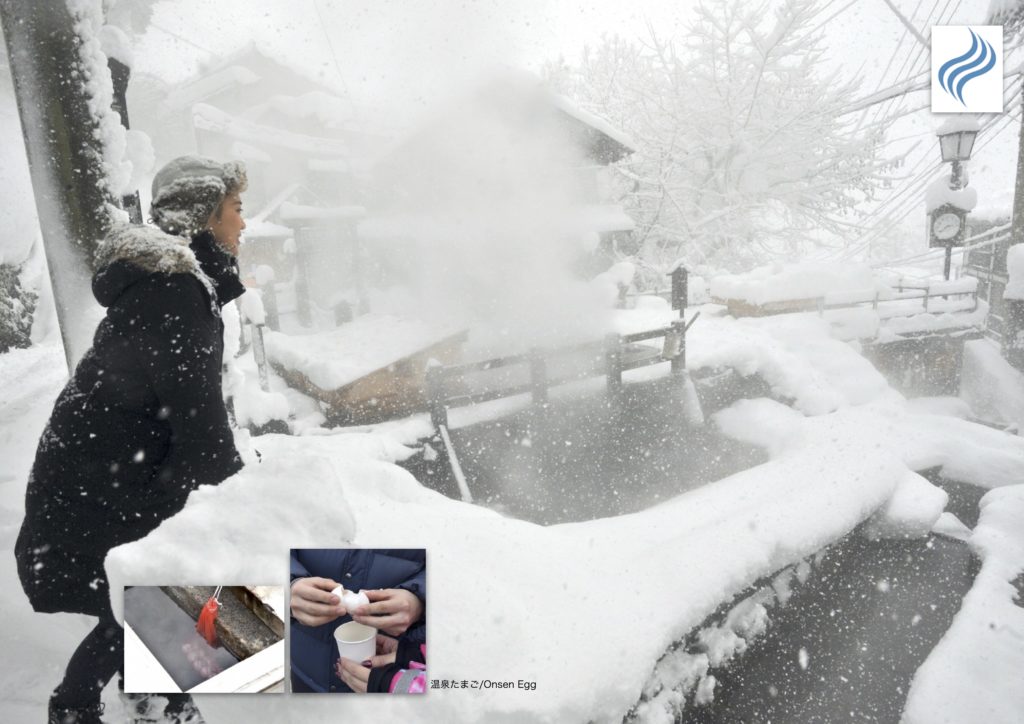
One of the must-see attractions in Nozawa Onsen is Ogama, a delightful communal open-air kitchen situated atop a slope. Named after the hottest spring among the thirty sources in Nozawa Onsen, Ogama features five pools with steaming-hot mineral water flowing endlessly at 90 degrees Celsius. Local villagers utilize these pools for washing and boiling vegetables and eggs. The allure of this community hub lies in the extraordinary and delicious taste that the mineral-rich hot spring imparts to the food, particularly the region’s signature leaf vegetable, Nozawana.
While the pools at Ogama are off-limits to visitors for safety reasons and are exclusively for community members, you can still witness the spectacle from a close distance, especially during the morning when the views are at their best. Although you can’t engage in onsen-enhanced culinary creations at Ogama, you can experience the legendary onsen eggs by walking down the alleyway connecting Ogama to Yurari. Yurari, a terrace-like open space, features one of the public footbaths and a tub for boiling pre-purchased eggs (available at souvenir shops along the alleyway). It takes about twenty minutes for the eggs to be ready to eat, but the relaxing foot bath paired with a superb view of Nozawa Onsen makes it well worth the wait.
Food
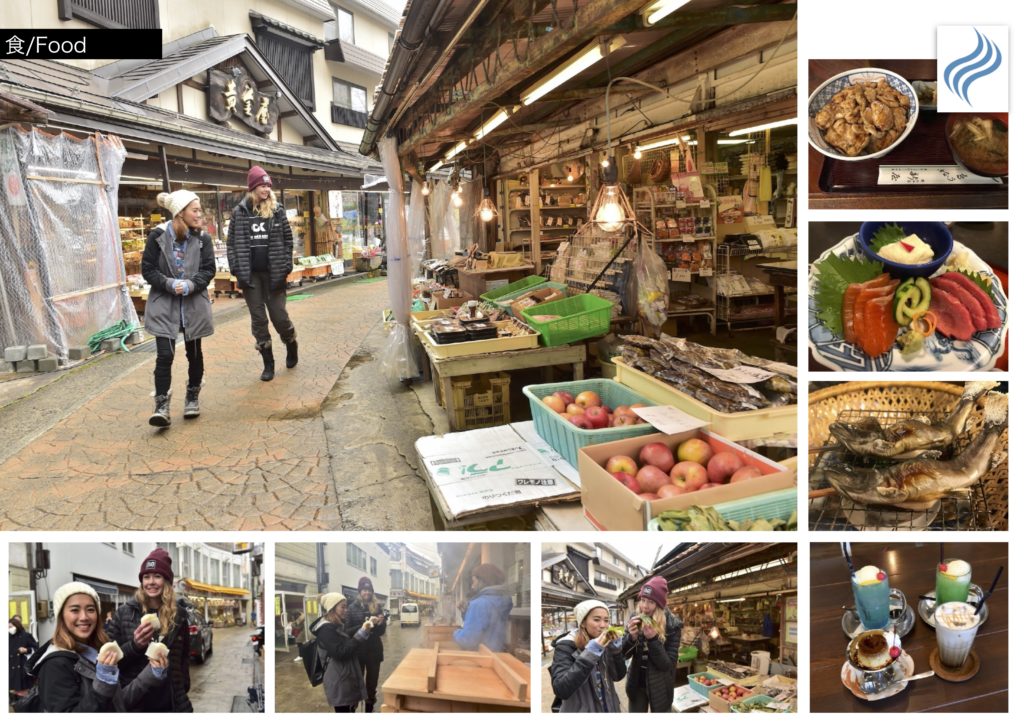
Although Nozawa Onsen is a small village, it boasts a diverse range of dining options, including traditional eateries, authentic full-course meals, kaiseki cuisine, trendy cafes, taverns, and bars. Additionally, the village features a traditional hot spring Manjuu (steamed bun) shop and souvenir shops.



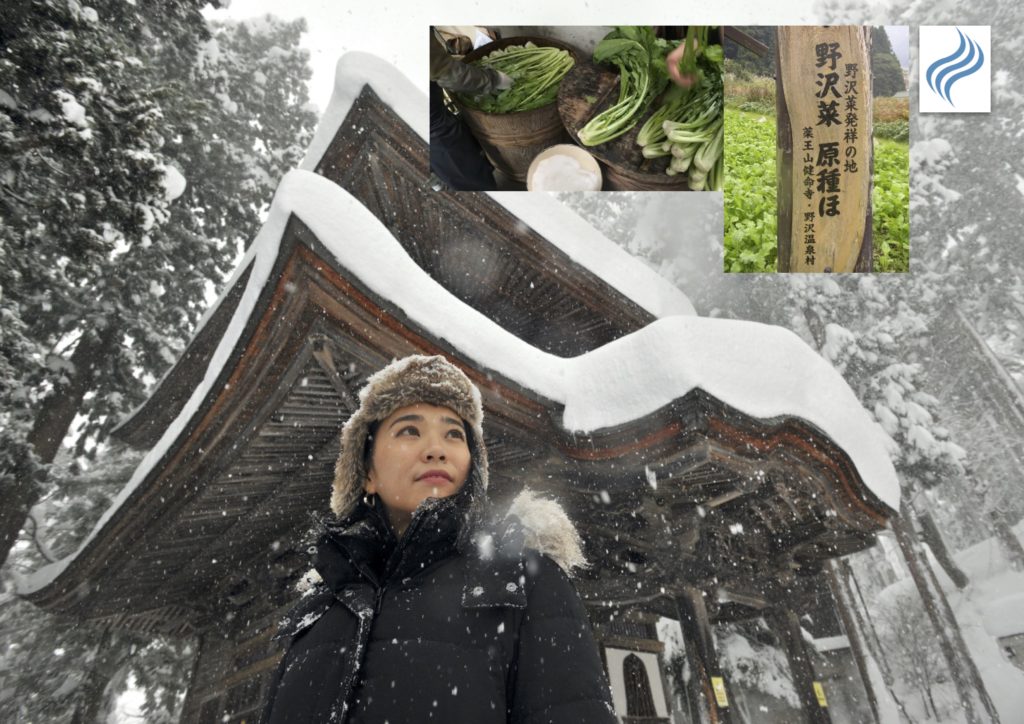
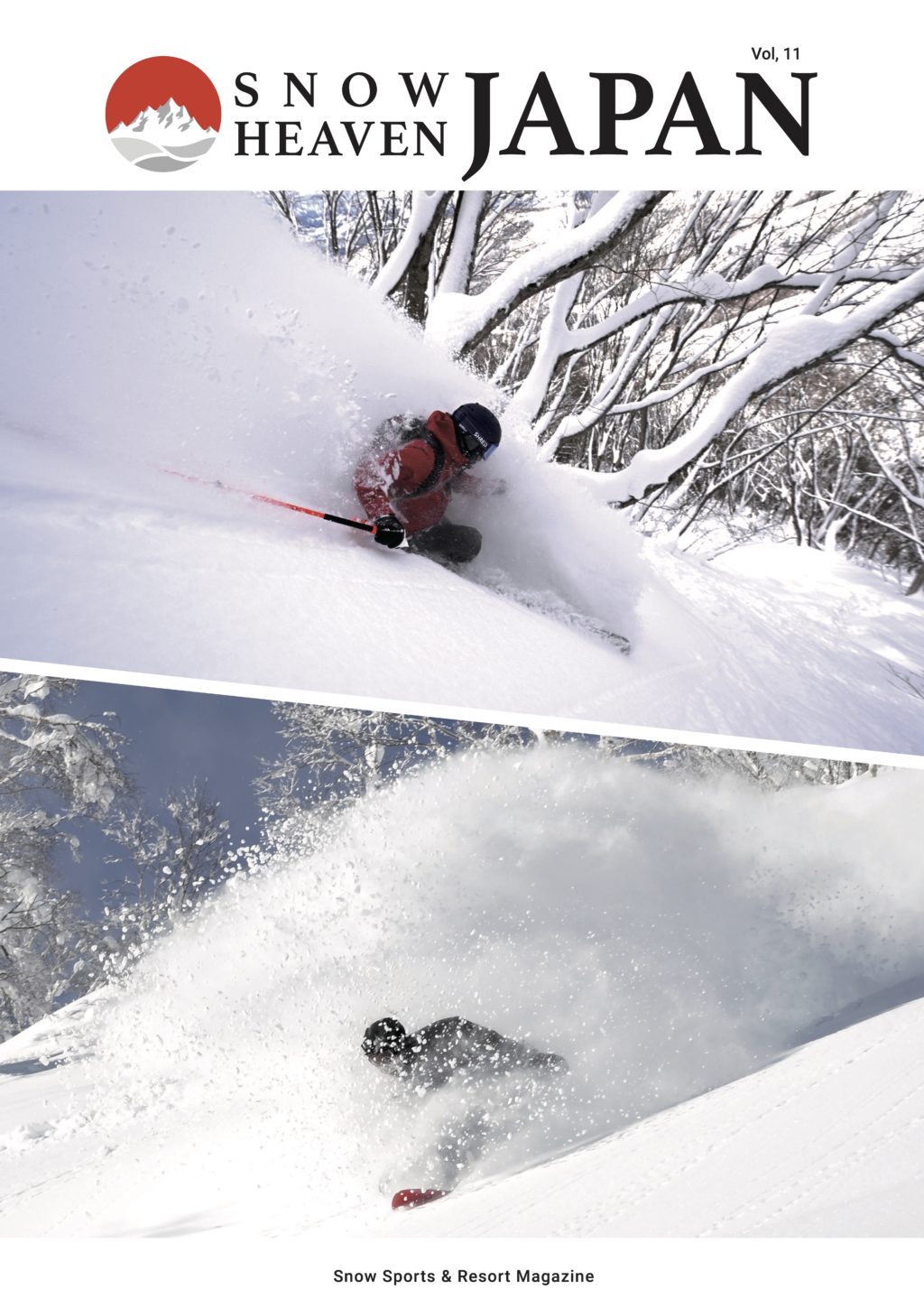
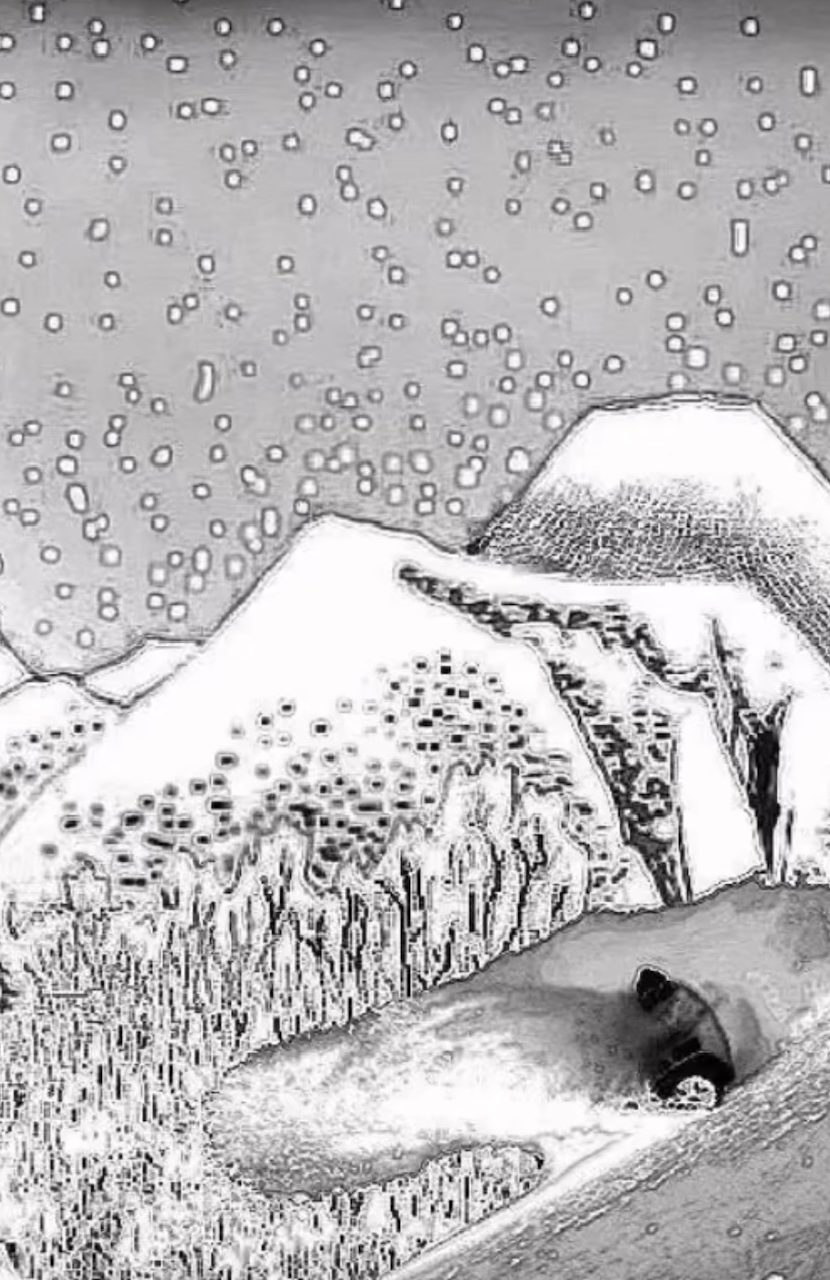
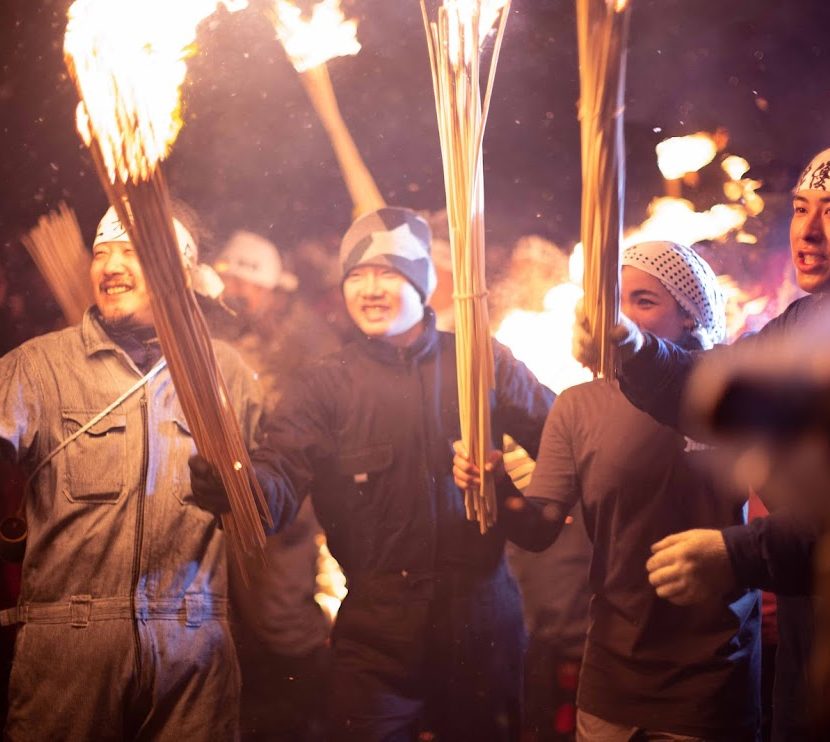
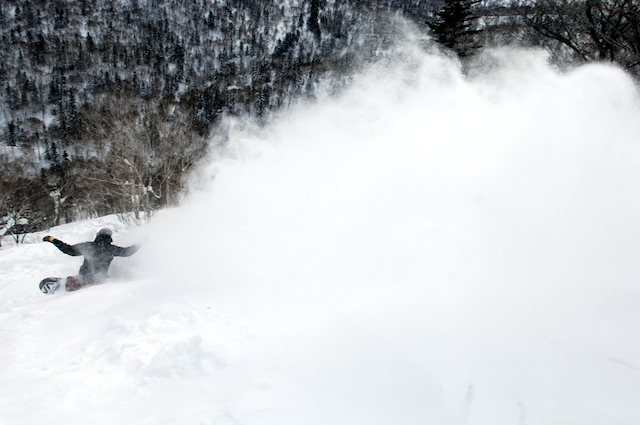
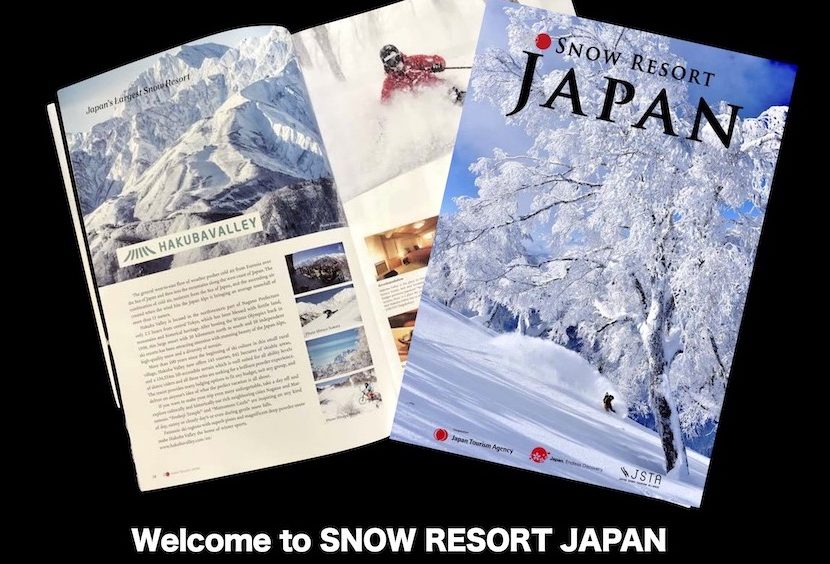
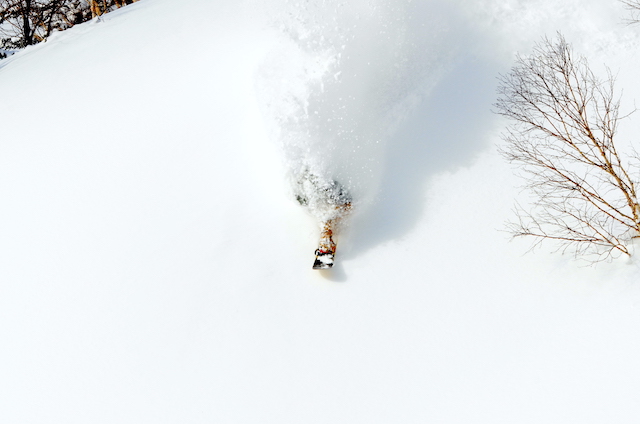
この記事へのコメントはありません。